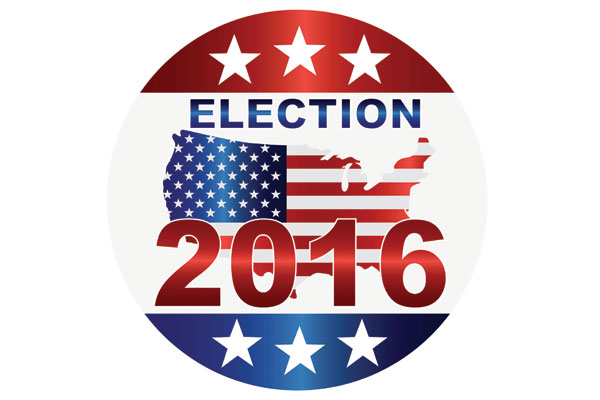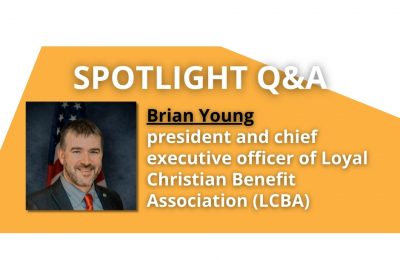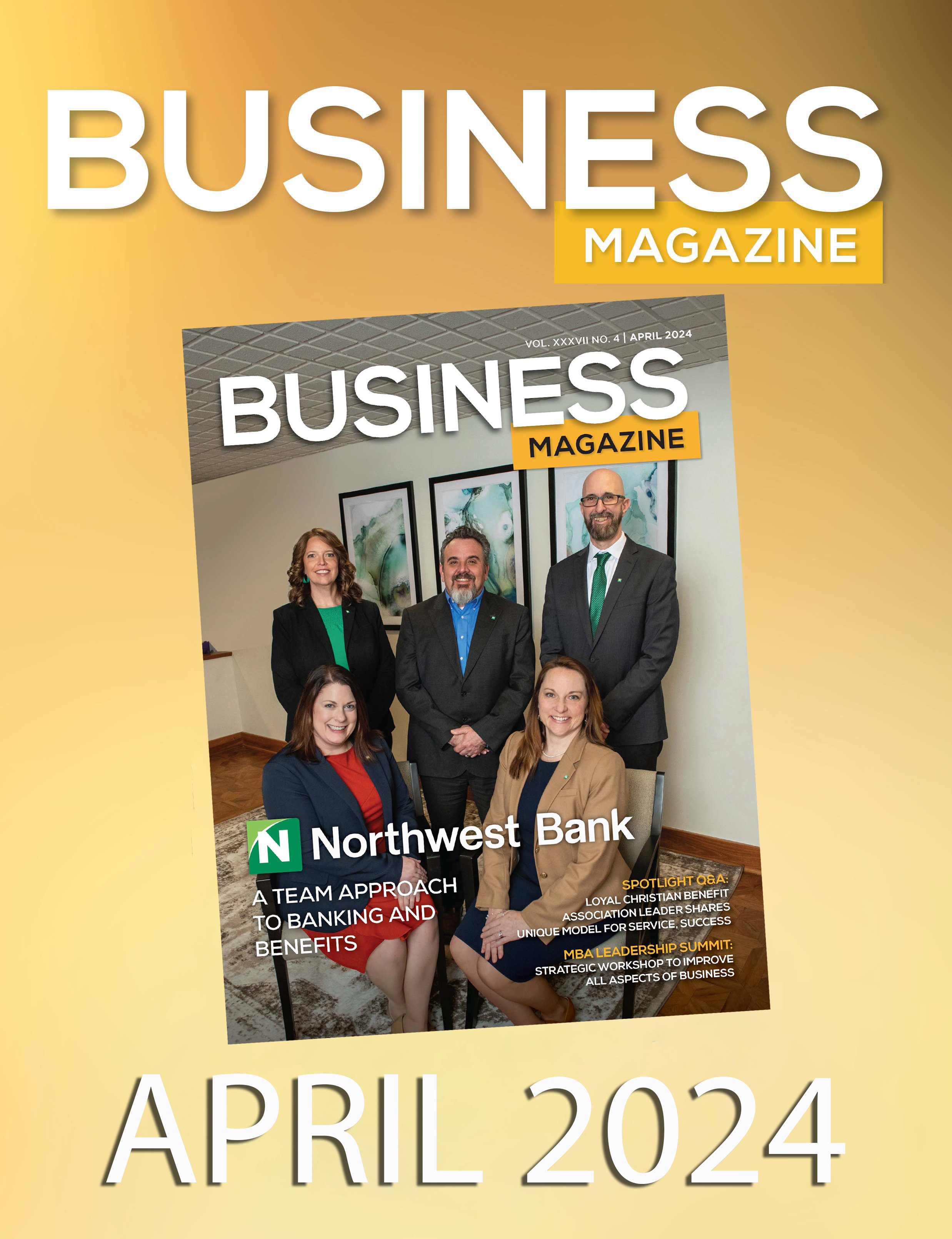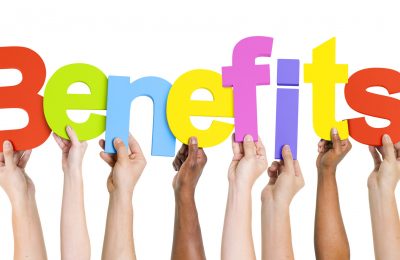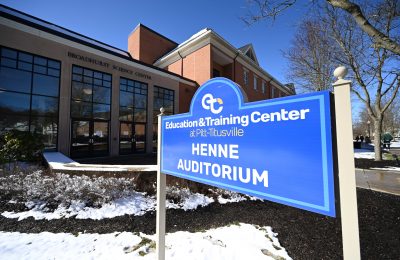Regional Events, National Turbulence — American Politics at the Boiling Point
David C. Kozak, Ph.D., is distinguished professor of Public Policy at Gannon University in Erie, Pennsylvania. He has attended 10 national nominating conventions and run courses at them — five Democrat and five Republican — and has done commentary for C-SPAN, CNN and Fox News.
Presidential politics 2016 has stunned us all! From the rise of Donald Trump and Jeb Bush’s demise to the Clinton-Sanders rivalry, none could have predicted this turbulence. The “watch words” so far have been fluidity, volatility and “expect the unexpected!” This is truly “no ordinary time!”
Once delegate selection is over in June, we turn to a new and uncharted stage for modern times — divisiveness at the national nominating conventions. In the post-1950s, these conclaves that combine ritual, politics and carnival have become relatively tranquil and predictable. There have been no second ballots since 1952 for Democrats and since 1944 for Republicans. Gone are floor fights, drafts, walkouts and uncertainty. Instead, we have had tightly scripted “infomercials” that are political equivalents of boat and auto shows — held primarily to premiere the “new line” to customers and voters alike. That is about to change and right in our own backyards! In 2016, Republicans gather on July 17 in Cleveland and Democrats on July 24 in Philadelphia to adopt rules, platforms and to nominate a ticket.
The four-day conventions in Ohio and, then, Pennsylvania show the importance of these two states thought to be “up for grabs.” Each site was chosen in hopes of a “bounce” so that the party could win the host state’s swing electoral votes.
An American innovation, both parties have been using conventions since the 19th century. History records famous speeches and truly memorable moments. Still important in modern times, they constitute the one true semblance of a national party system, the only time all 50 state parties get together at the same time. Their major contributions to each party remain the same: fire up the base and activists, mend intra-party fences, and serve as a campaign kickoff rally for the fall.
The best way to understand a convention is to realize that what we see on TV is only a small part of the action — the podium. But there are also conventions of state delegation meetings, issue caucuses, headquarter hotels, candidate headquarters and, of course, protestors and demonstrations. All are part of the convention experience!
Though both parties follow the same pattern of adopting rules, organizing the party, nominating and ratifying, there are huge cultural differences between Republicans and Democrats. Republicans tend to fight over ideology (moderates vs. conservatives vs. Libertarians) and rules. Democrats fight more about how to best mobilize and grow their coalition.
These differences will be in full evidence in Cleveland as Republicans fight over control of the party platform and the rules governing the convention itself. For Democrats, the fight will be over how to keep Sanders’ supporters and enthusiasm wedded to the party.
In this year of great turbulence, these conventions will be anything but tranquil. They will be historic and ones for the books! Watch and enjoy them, and hope for the best — for the future of both parties and the republic itself will be strongly affected and determined.


